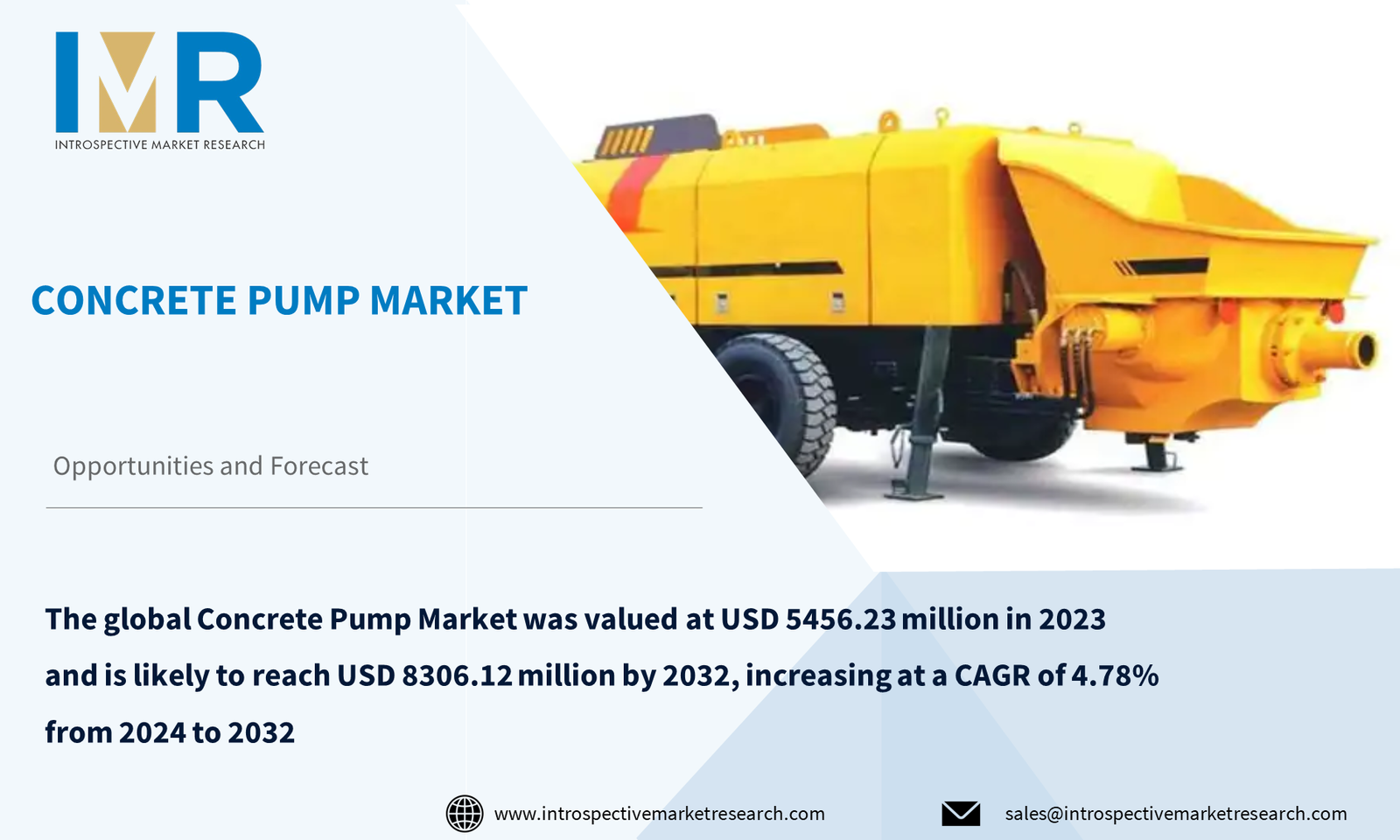Biodegradable Polymers Market
According to a new report published by Introspective Market Research, titled, “Biodegradable Polymers Market by Type, Processing Method, Application, End-User, and Region Global Market Analysis and Forecast, 2024-2032.
The Global Biodegradable Polymers Market was valued at $ 0.72 Billion in 2023 and is expected to reach $ 4.1 Billion by the year 2032, at a CAGR of 21.32 %.
Biodegradable polymers, derived from renewable resources like corn starch or sugarcane, are organic materials that naturally break down into harmless compounds, reducing environmental impact. They are widely used in packaging, agriculture, textiles, and medical applications to address plastic pollution and promote sustainability, aligning with global efforts to create a circular economy.
The Global Biodegradable Polymers Marketis experiencing a surge in demand due to environmental consciousness and sustainable practices. These biodegradable polymers, derived from renewable sources like corn or sugarcane, mitigate the negative effects of traditional plastics on ecosystems, reducing landfill waste and dependence on fossil fuels. Market trends show a growing shift towards biodegradable alternatives, driven by stringent regulations, corporate sustainability initiatives, and consumer preferences for eco-friendly products. Industries such as packaging, agriculture, textiles, and healthcare are adopting biodegradable polymers due to the growing awareness of plastic pollution and the need for environmentally responsible packaging solutions. The market is expected to grow due to advancements in polymer technology, enhanced scalability, and collaborations between industry players and research institutions.
According to the Biodegradable Polymers, The Market is segmented into Type, Processing Method, Application, End-User, and region. By Type, the market is categorized into Polylactic Acid (PLA), (PHA), Polyhydroxyalkanoates (PHAs), Polybutylene Succinate (PBS), and Starch Blends. By Processing Method, the market is categorized into Injection Molding, Extrusion, and Blow Molding. By Application, the market is categorized into Packaging, Agriculture, Textiles, and Medical. By End-User, the market is categorized into Agriculture, Textile, Healthcare, Consumer Goods, and Packaging. By region, it is analyzed across North America (U.S.; Canada; Mexico), Eastern Europe (Bulgaria; The Czech Republic; Hungary; Poland; Romania; Rest of Eastern Europe), Western Europe (Germany; UK; France; Netherlands; Italy; Russia; Spain; Rest of Western Europe), Asia-Pacific (China; India; Japan; Southeast Asia, etc.), South America (Brazil; Argentina, etc.), Middle East & Africa (Saudi Arabia; South Africa, etc.).
The packaging sector is undergoing a transformation towards eco-friendly solutions due to global awareness of environmental issues and a growing commitment to sustainable practices. Biodegradable polymers offer an alternative to traditional plastics, reducing environmental impact, driven by stringent regulations and consumer preferences for environmentally responsible packaging.
Consumer awareness about the environmental impact of traditional plastics is driving the growth of the biodegradable polymers market. As people become more aware of plastic pollution, non-biodegradable waste in landfills, and ecosystem harm, there is a growing demand for sustainable alternatives. Biodegradable polymers naturally break down, reducing their environmental impact.
Global Biodegradable Polymers Market, Segmentation
Biodegradable Polymers Market Segmented Based on Type, Processing Method, Application and End-user, and Region.
Type:
Polylactic Acid (PLA) is expected to dominate the market during the forecast Period.
PLA, a bio-based and biodegradable polymer derived from renewable resources like corn starch or sugarcane, is gaining popularity due to its versatility, cost-effectiveness, and environmental benefits. Its thermoplastic properties make it an attractive substitute in packaging, textiles, and biomedical sectors. PLA's decomposition into non-toxic components aligns with global efforts to reduce plastic pollution. The biodegradable polymers market is dominated by increasing demand for environmentally responsible materials, strict regulations, and consumer awareness.
Region:
Asia Pacific is Expected to Dominate the Market Over the Forecast Period. The Asia-Pacific region is expected to dominate the biodegradable polymers market due to rapid industrialization and economic development in countries like China and India. The region's vast population and rising disposable incomes drive demand for sustainable packaging materials. Governments in the region are implementing regulations to curb plastic pollution, accelerating the adoption of biodegradable alternatives. The agricultural sector is also recognizing the benefits of biodegradable polymers in enhancing sustainable farming practices. The region is becoming a hub for biodegradable polymer production, with increased investments in research and development. The combination of a growing population, expanding economies, changing consumer preferences, and government support positions Asia-Pacific as a key player in the biodegradable polymers market.
Some of The Leading/Active Market Players Are-
- DuPont de Nemours Inc. (USA)
- NatureWorks LLC (USA)
- Evonik Industries AG (Germany)
- Braskem SA (Brazil)
- BASF SE (Germany)
- Novamont SpA (Italy)
- Koninklijke DSM NV (Netherlands)
- Arkema SA (France)
- Plantic Technologies Ltd. (Australia)
- Toray Industries Inc. (Japan) and Other Active Players
Key Industry Developments
- In April 2024, Lubrizol Life Science Beauty (LLS Beauty) proudly announced the launch of Carbopol Fusion S-20 polymer, a groundbreaking, inherently biodegradable rheology modifier. Ideal for skin cleansing and hair care, it offers thickening, suspension, and clarity similar to acrylates copolymer while adhering to all 12 Principles of Green Chemistry. Free from GMOs, ethoxylated ingredients, and PEGs, this sustainable polymer provides a smooth, sensory experience and excellent rheology modification benefits. Its low carbon footprint and renewable starch content highlight LLS Beauty's commitment to environmental responsibility.
- In April 2023, NatureWorks launched Ingeo 6500D, extending the application of Ingeo biopolymers to hygiene products. This variant combines strength and softness, catering to the increasing consumer and brand preference for sustainable materials in manufacturing. The introduction addresses the growing demand for eco-friendly solutions in nonwoven applications.
Key Findings of the Study
- Advancements in polymer technology, enhanced scalability, and collaborations between industry players and research institutions are expected to drive market growth.
- Polylactic Acid (PLA) is expected to dominate the market due to its versatility, cost-effectiveness, and environmental benefits.
- The Asia-Pacific region is anticipated to dominate the market, driven by rapid industrialization, economic development, a vast population, rising disposable incomes, and supportive government regulations.







